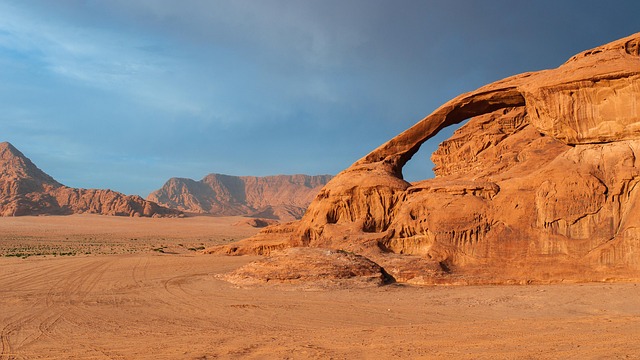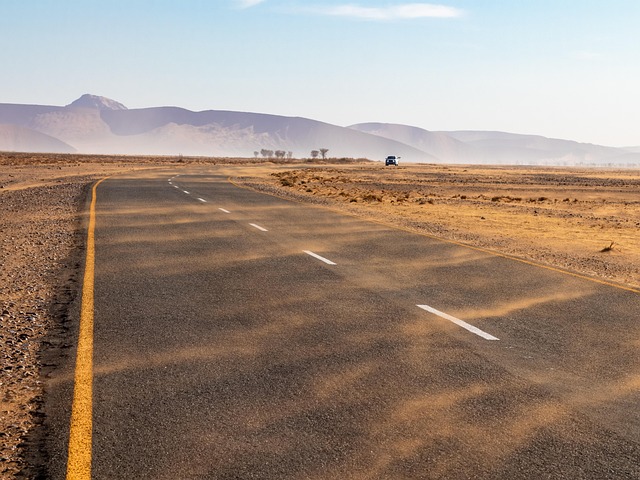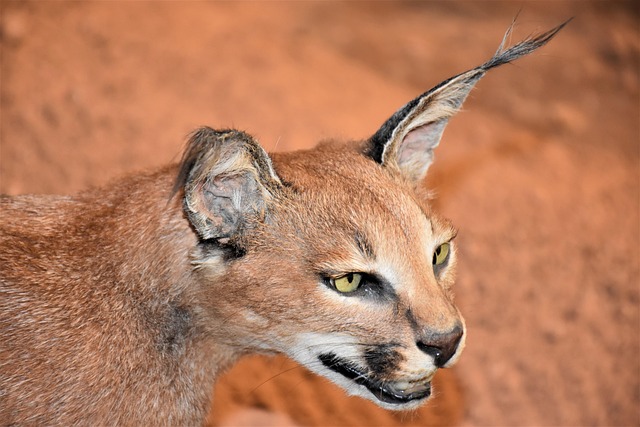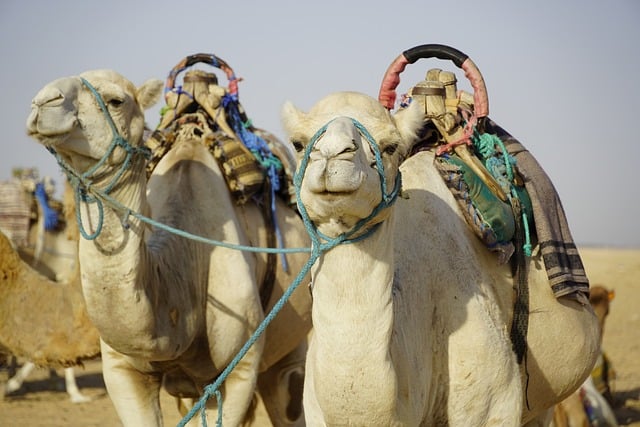Planning an Arabian Desert Safari involves choosing a reputable tour operator, deciding on activities like dune bashing and stargazing, and packing for hot weather. The best time for wildlife photography is October to March. Essential camera gear includes robust equipment suited for extreme conditions. Permits and safety guidelines should be understood to ensure a smooth experience while adhering to UAE regulations.
Embark on an extraordinary journey into the heart of the Arabian Desert, where breathtaking landscapes and unique wildlife await. This comprehensive guide explores the art of capturing stunning images during a Dubai safari. From planning your trip, understanding the ecosystem, and mastering photography techniques to ethical considerations, we delve into every aspect. Discover the native species, learn about their behavior, and find out the best times and locations for wildlife photography in this remarkable desert environment.
- Planning Your Arabian Desert Safari
- – When to visit: best seasons and times of day for wildlife photography
- – Gear preparation: essential camera equipment and accessories
- – Permits and safety guidelines: what to expect during a desert safari
Planning Your Arabian Desert Safari

Planning an Arabian Desert Safari offers a unique opportunity to immerse yourself in one of the world’s most breathtaking landscapes. The first step is to choose a reputable tour operator who specializes in desert safaris. They can guide you through the best times to visit, as weather conditions in the Arab desert can vary significantly year-round. Consider booking during cooler months for a more comfortable experience.
Next, decide on your preferred activities. Arabian desert safaris often include dune bashing in 4×4 vehicles, camel rides, traditional dinners under the stars, and even overnight stays in luxurious camps. Research various tour options to find one that aligns with your interests and budget. Don’t forget to pack appropriate attire for hot weather, including lightweight, breathable clothing, a wide-brimmed hat, sunscreen, and comfortable walking shoes.
– When to visit: best seasons and times of day for wildlife photography

The Arabian Desert Safari offers a unique and captivating experience for wildlife photographers, but timing is key to capturing the region’s diverse species in their natural habitat. The best time to visit for optimal photography conditions is during the cooler months, from October to March. During these months, temperatures are more bearable, ranging from 20°C to 30°C, making it suitable for both humans and animals. Early morning and late afternoon hours, specifically from dawn until mid-morning and then in the late evening, are considered golden hours for photography. These times provide soft, diffused light that can create stunning silhouettes and highlights on desert wildlife like oryx, gazelles, and various bird species.
In contrast, the scorching summer months (April to September) should be avoided due to extreme heat, which can be detrimental to both animals and photographers. The Arabian Desert comes alive with vibrant colors during the monsoons, typically from June to September, but this is not ideal for wildlife photography as animals tend to be less active and elusive. So, while the desert may be at its most spectacular during these seasons, planning a safari trip during the cooler months offers both photographers and the local ecosystem a more harmonious experience.
– Gear preparation: essential camera equipment and accessories

When preparing for an Arabian Desert Safari, gear selection is paramount. You’ll need sturdy equipment that can withstand extreme conditions—both the scorching heat and sudden sandstorms of the desert. Essential camera gear includes a full-frame DSLR or mirrorless camera for superior image quality in low light, along with fast, wide-angle lenses (such as 16-35mm f/2.8) to capture vast landscapes and dynamic wildlife. A sturdy tripod is crucial for stabilizing your camera during long exposures and low-light conditions. Don’t forget a high-capacity power bank to keep your equipment running, along with extra memory cards and filters like polarizers and neutral density (ND) filters for creative effects.
Additionally, consider investing in weatherproof camera bags and cases to protect your equipment from sand, heat, and sudden changes in temperature. A good set of shoes, clothing designed for desert conditions, and sun protection are also vital accessories. With the right gear prepared, you’ll be well-equipped to capture the awe-inspiring beauty of the Arabian Desert Safari—from the majestic wildlife to the breathtaking landscapes.
– Permits and safety guidelines: what to expect during a desert safari

When planning an Arabian Desert Safari in Dubai, understanding permits and safety guidelines is essential for a smooth and memorable experience. Before setting off on your adventure, ensure you have the necessary permits to enter protected areas and engage in wildlife photography. The United Arab Emirates has specific regulations regarding photography, especially in natural reserves and national parks. It’s crucial to familiarize yourself with these rules to avoid any legal issues.
Safety is paramount during desert safaris due to the rugged terrain and extreme weather conditions. Tour operators should provide comprehensive safety briefings covering emergency procedures, first aid, and how to navigate challenging situations. Wear appropriate clothing, including a sun hat, sunglasses, and lightweight, breathable fabric, to protect against intense desert heat. Additionally, be prepared for unexpected changes in weather, as sandstorms can occur suddenly, requiring specific safety measures from your guide.
Planning an Arabian Desert Safari offers a unique opportunity for wildlife photography enthusiasts. By choosing the right season and time of day, packing essential gear, and adhering to safety guidelines, you can capture breathtaking images of the diverse flora and fauna that call this harsh yet captivating environment home. The experience promises not just memorable photos but also a deeper understanding of one of the world’s most remarkable landscapes.
